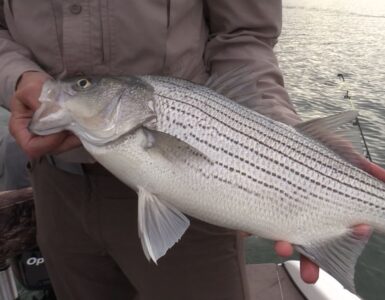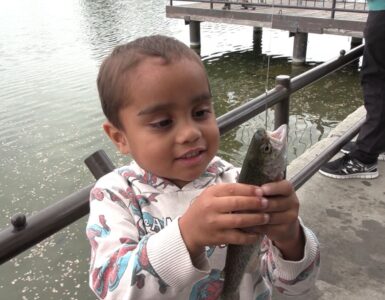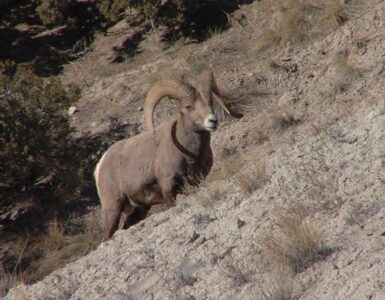Welcome back to KSL Outdoors, I’m Adam Eakle. Utah’s first big game hunt started today, that’s the archery deer hunt and biologists have good news for hunters, as this year they expect hunters to see as many bucks as they did last year and maybe in some areas of the state, even more.
(Justin Shannon, DWR Big Game Coordinator) Each fall after the hunts are over we go out and classify our deer and we get something called a buck to doe ratio and this last year on all the general season units combined we were at 19 bucks per 100 does. We haven’t been that high in decades on general season units. Our buck to doe ratios are really looking up.>
Justin says the DWR is all in when it comes to mule deer. And it shows. The DWR has been working on two different studies to help them determine better ways to manage our deer herds. One is a trans-location study where for two years, the DWR has transplanted 200 does from the southern region to the central region. The other is a doe and fawn survival study.
(Justin Shannon) We’ve made a big effort to radio collar a bunch of does and fawn throughout the state and the survival rates of our does were 85, 85% which is at or above normal, but our fawn, almost 80% of the fawns that we radio collared are surviving. Those are this years yearling bucks coming into the population.
While the buck to doe ratio is up, the amount of tags given out is down. The DWR has cut about ten thousand tags across the state in the past few years.
(Adam) and some people would argue, man that’s tough because I can’t draw a tag every year and people don’t draw a general season tag every year. (justin) That’s right, it’s the big balancing act that we deal with and why on our general season units, we’ve started managing some for more opportunity. Where we manage for 16-17 bucks per hundred does and then a little bit more quality on other general season units where we manage for 18-20. So we are really trying to find that balance between giving sportsmen that opportunity and allowing a little more quality on general season units.
Hunters that did draw a tag this year will most likely have a better chance at filling it. For two years now the archery success rate has been 16 and 22 percent, that’s about average. Here’s the good news, last year, rifle hunters enjoyed a statewide average of 37 percent success, some units had a success rate near 60 percent. Muzzleloader hunters enjoyed a 31 percent success rate. Both the muzzle and rifle hunts had better success rates last year than Utah hunters have seen in quite a while.
(Justin) We have these high success rates which has been good and our buck to doe ratios were still at all time highs at post hunt. So it’s just another indicator that our deer herds are doing pretty well right now.
The elk population in Utah is also doing very well and in fact, the DWR is encouraging those that have a general season deer or elk or even a once in a lifetime tag to purchase an antlerless tag on 12 of Utah’s hunting units. For a list of those units go ahead and check the DWR proclamation, we’ll also put them right there on our website, KSLTV.com. Time now to check out this weeks edition of our Utah Field Guide, brought to you by our friends at Community Lending Group.
During the 2014 season, the Division wants hunters to harvest as many antlerless elk as possible from 12 of Utah’s hunting units: Chalk Creek; East Canyon; Henry Mountains; Morgan-South Rich; Nine Mile, Range Creek; Ogden; San Juan, East of US-191; San Rafael, North; South Slope, Yellowstone; Wasatch Mtns (Currant Creek, Avintaquin and West).
If you obtained a permit (including general season) to harvest a buck, bull or once-in-a-lifetime species on any of the above units (not including CWMUs), you have the option of purchasing an antlerless elk-control permit.







Add comment